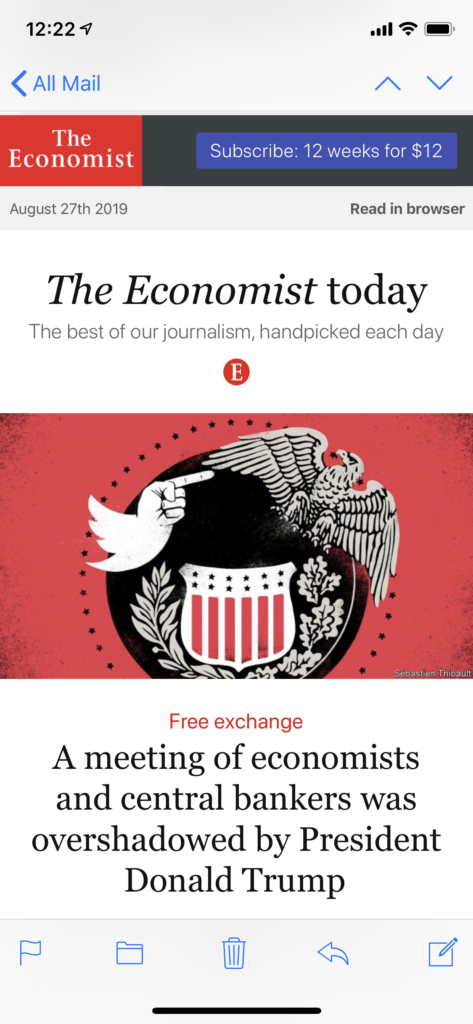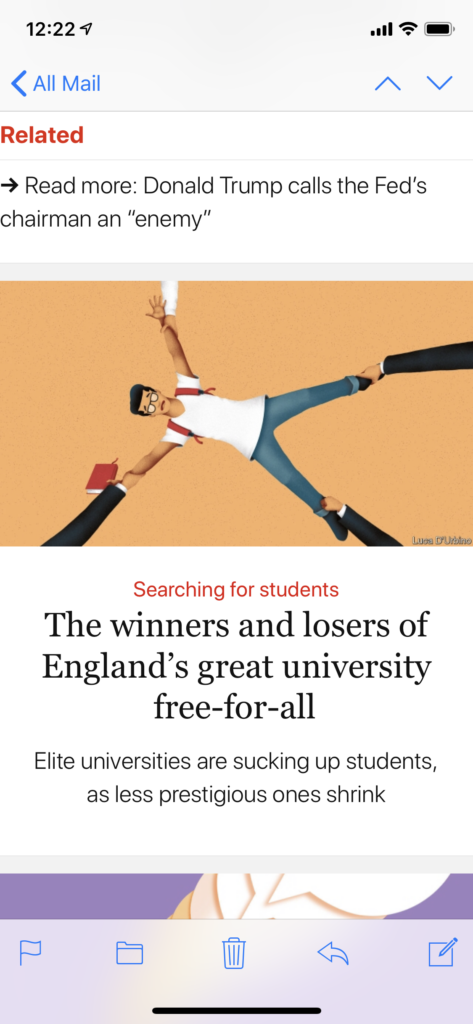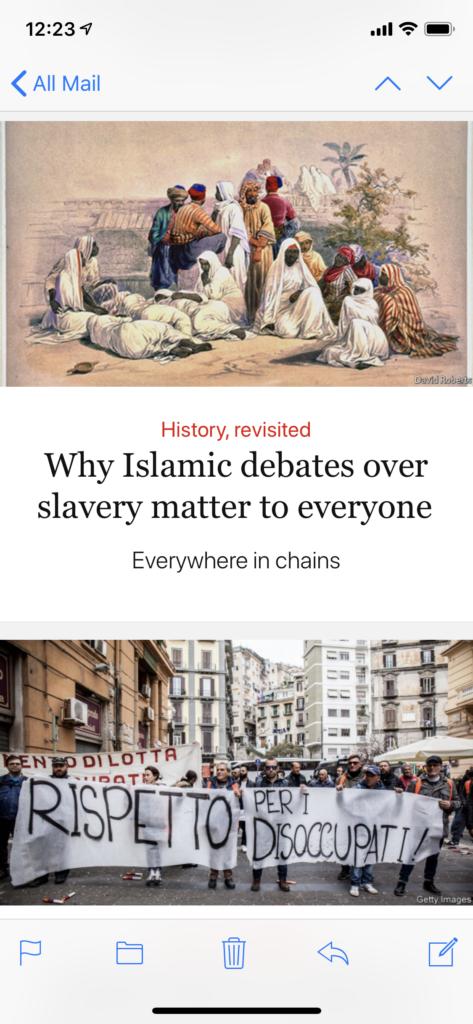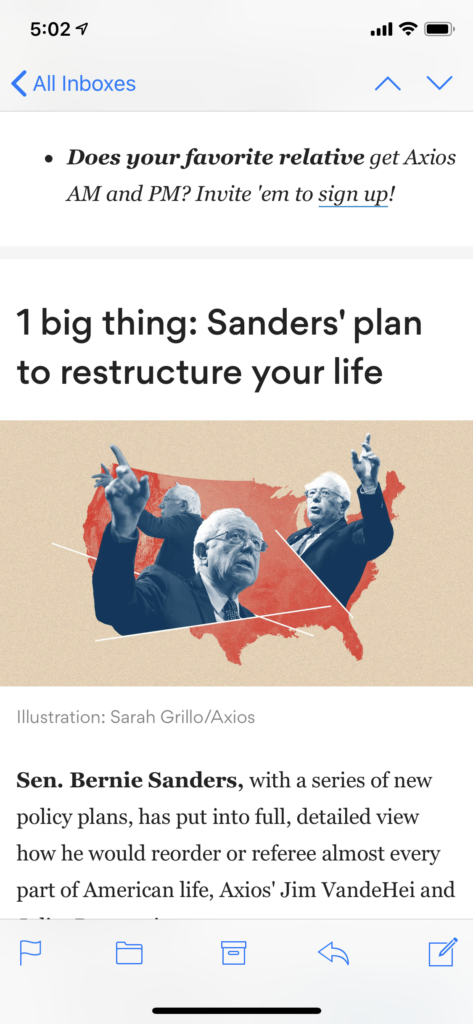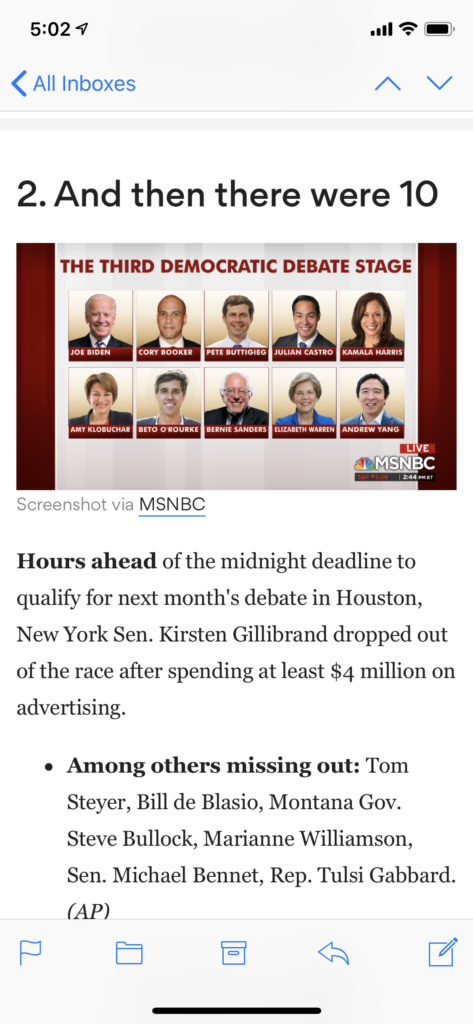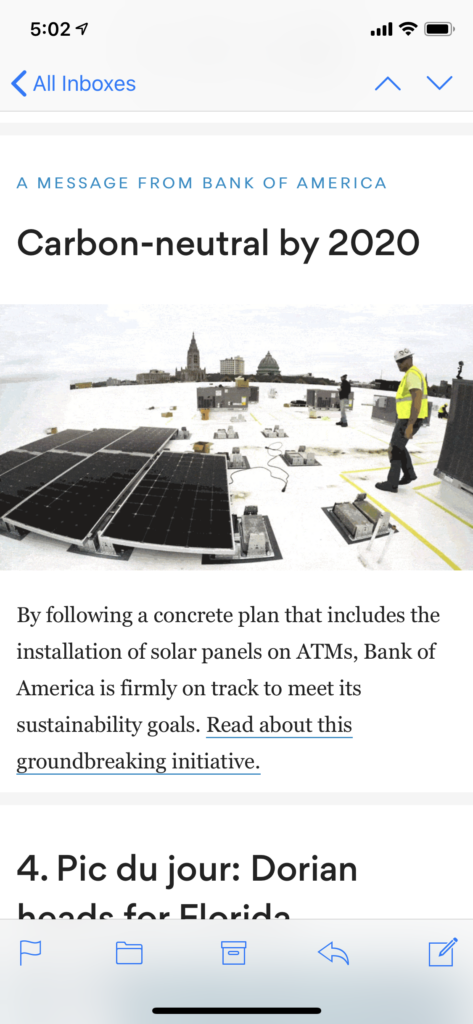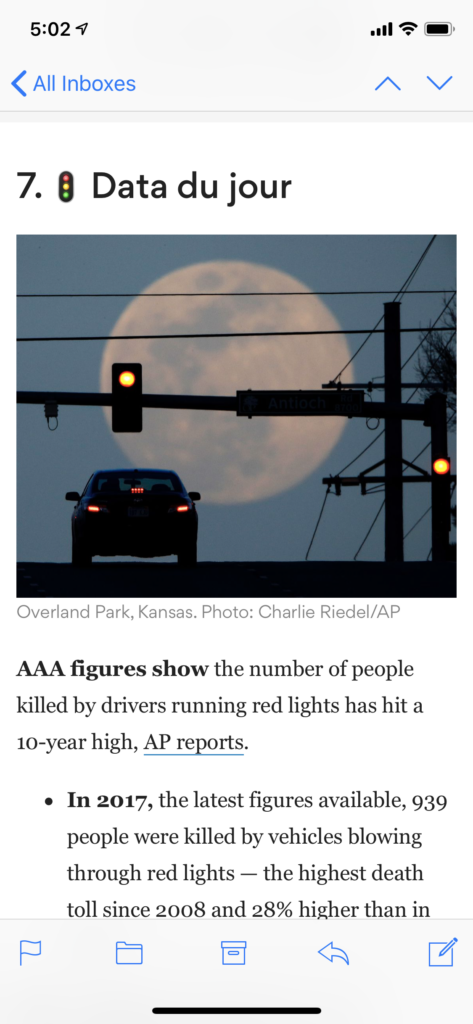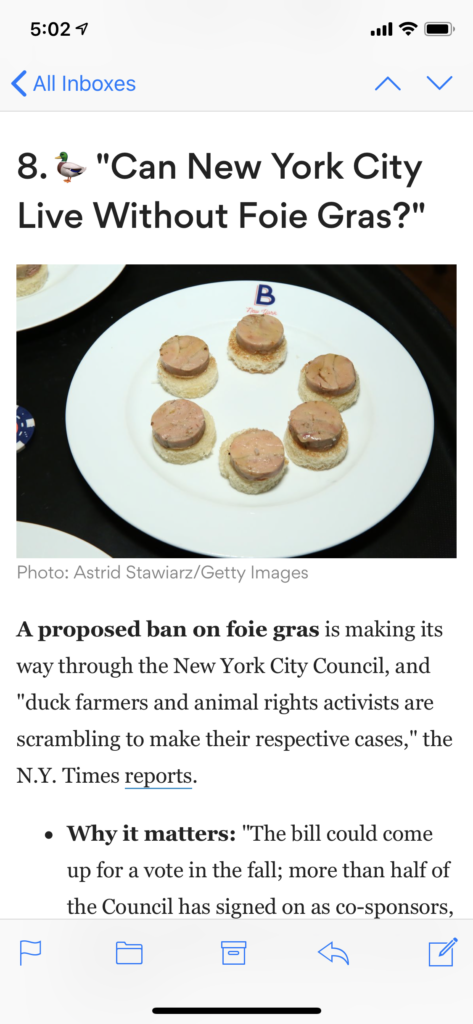This is a shift that is obvious in publications globally, but particularly at The Economist, where constant experimentation has led to the creation of newsletters that aim at engaging readers while highlighting the value that The Economist’s content can offer them.
All of this you can read in an article that emphasizes The Economist’s growing revenue and attributes it to the improvement of its digital experience. Take a look at these images from The Economist’s newsletters:
Highlight quotes from Sunnie Huang, Newsletter Editor at The Economist:
“Over the past year, there was a clear shift in the way we think about newsletters: rather than treating them as another loudspeaker to distribute our content, we began a process to shape them into stand-alone products that serve the needs of readers. The primary goal of our newsletters isn’t to increase reach; that’s the job of our social media platforms. For newsletters, the primary goal is to deepen our relationship with current readers and help them get more value out of our journalism.”
The Economist has more than doubled the amount of web traffic it receives via newsletters over the past year. This was achieved with the help of redesigns and content changes, including its approach to newsletters.
The Economist publishes three newsletters:
- The Economist this week: “Highlights from the latest issue .”
- The Economist today: “The best of our journalism,
handpicked each day .” - The Economist Espresso Digital subscribers receive full access to
The Economist Espresso. A new morning briefing delivered to their inbox each weekday before breakfast
Good material for thought in this piece.
I continuously urge my clients to put newsletters at the top of their new product development. A newsletter that simply lists headlines and highlights of content is not the answer anymore.
Newsletters that work:
Here is my list for creating and producing newsletters that hit the spot with today’s audiences:
- Adopt a chatty style, a conversation with the user.
- Become mini newspapers that stand alone to offer the user glimpses of what is happening.
- Extend beyond newsy content to incorporate items from culture, entertainment, sports.
- Summarize top opinion pieces and commentary.
- Offer a daily surprise, which could be in the way of a recipe (“it is a cold day and good for this soup recipe”), a cartoon or even a mini crossword puzzle.
Here is the Axios’ Mike Allen Newsletter
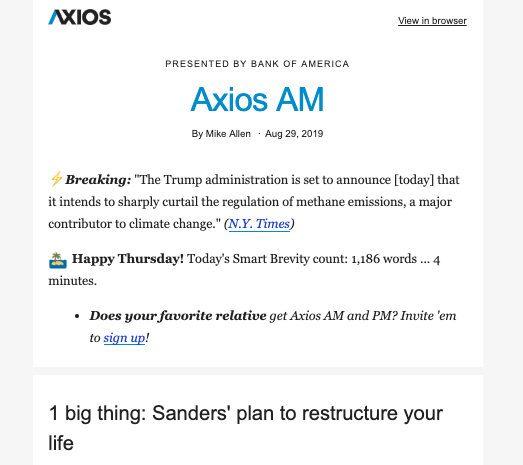
This is one of my favorite newsletters and it has always appeared to me to be a stand alone product. What sets it apart is the chatty style, the ranking of stories with numbers, and the remarks such as “Why This Matters” which make the content more meaningful. Also the variety. In today’s newsletter we start with a political story about presidential candidate Bernie Sanders and “how he wants to change your life”, but we also get an item about “Can New York City Live Without Foie Gras?”–a story about a proposed foie gras ban.
Interesting to notice that this newsletter reminds us at the very start of how many words it includes and time it will take to read it. This edition: 1,186 words–4 minutes. Clever.
Mario’s speaking engagements

Keynote Luncheon Speech: Ad Club of Toronto, Newspaper Day
October 25, 2019
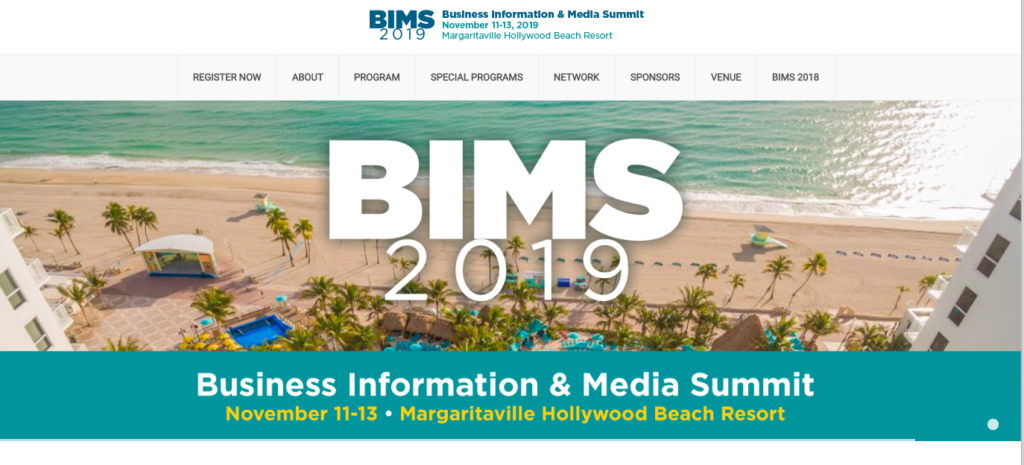
Keynote presentation: Business Information & Media Summit (BIMS).
Order print edition of The Story from Amazon
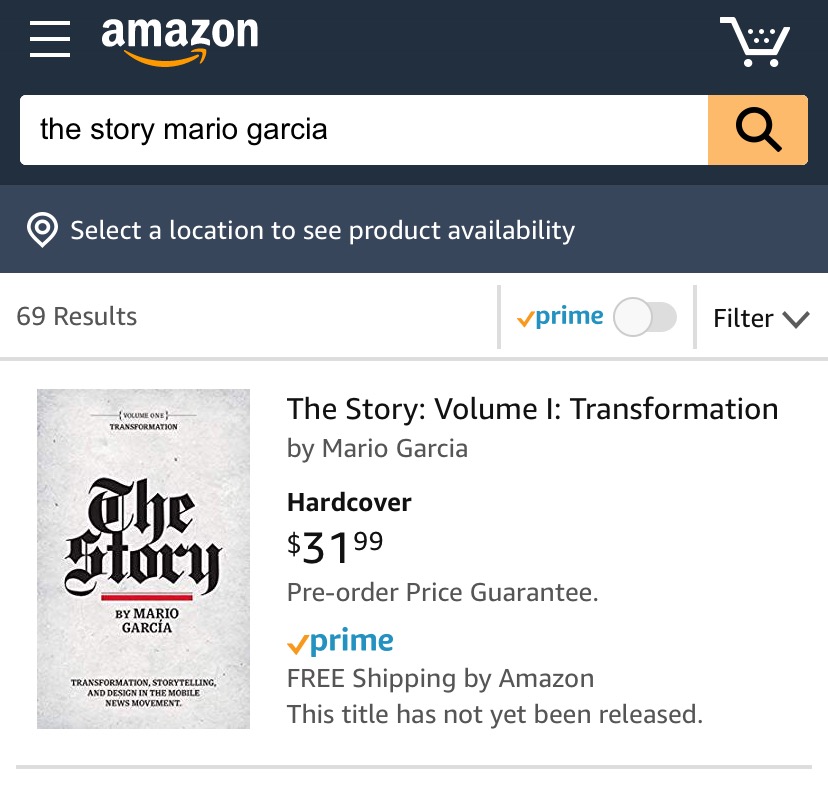
You can order the print edition of my new mobile storytelling book, The Story, from Amazon already here:
Pre-order The Story
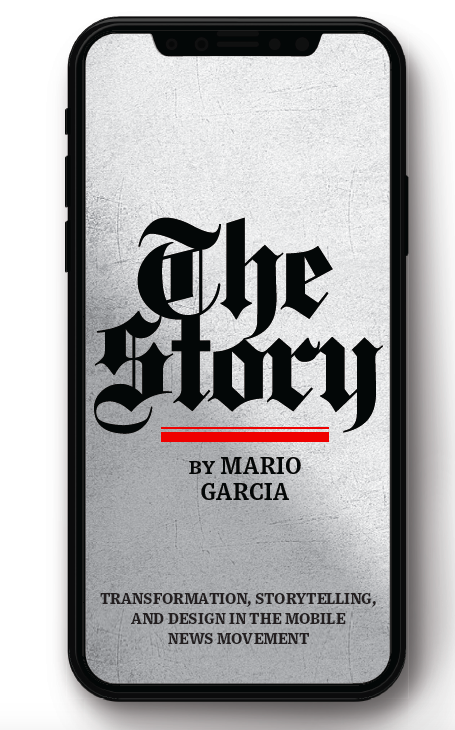
The newspaper remains the most powerful source of storytelling on the planet. But technology threatens its very existence. To survive, the Editor must transform, adapt, and manage the newsroom in a new way. Find out how, pre-orderThe Story by Mario Garcia, chief strategist for the redesign of over 700 newspapers around the world.
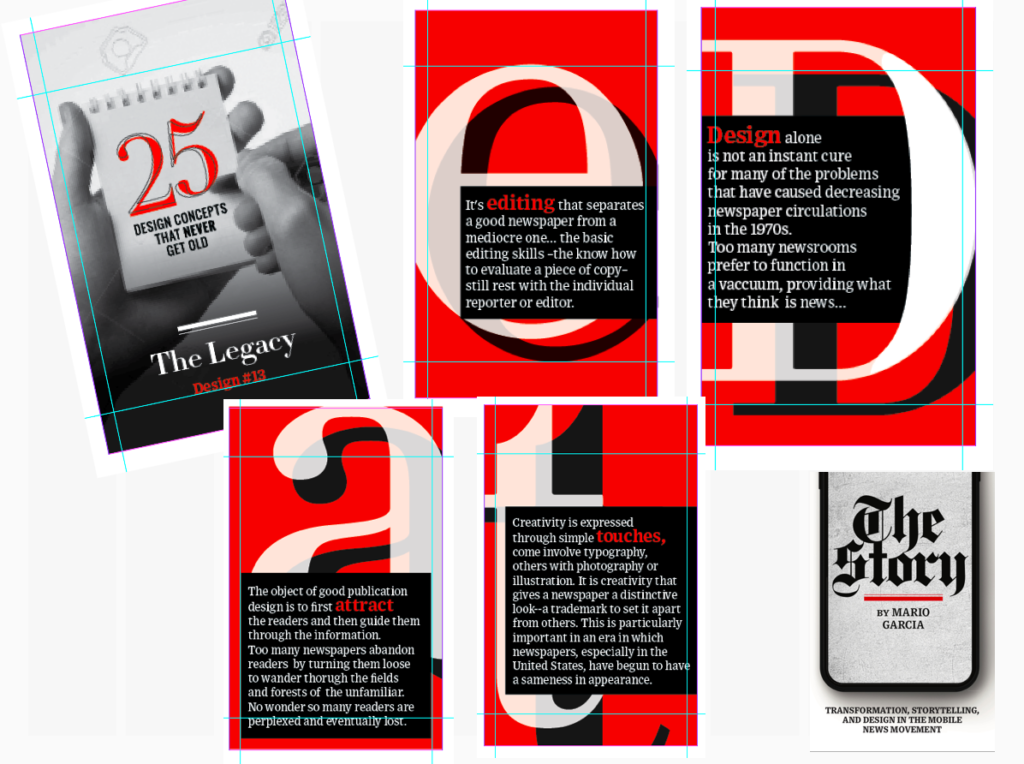
Order here:
https://thaneandprose.com/shop-the-bookstore?olsPage=products%2Fthe-story

The Story will also appear in print
I am happy to announce that we will, indeed, have a print edition of my mobile storytelling book, The Story. I thank you for expressing your interest to our publisher, Thane Boulton, of Thane & Prose. Now the print edition will be a reality, and you can already see the cover and back cover here:
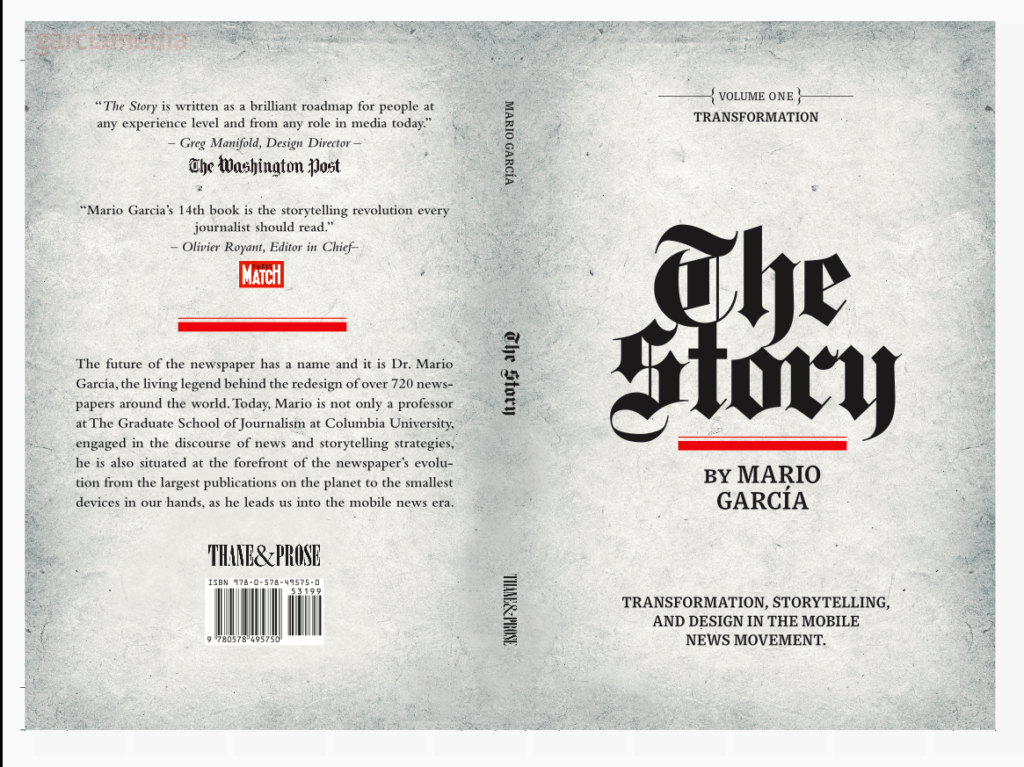
An interview of interest
http://www.itertranslations.com/blog/2019/3/11/fd60ybflpvlqrgrpdp5ida5rq0c3sp
The Inquirer is a brand that always resonates with me, as it was one of my projects in 1996, so I am aware of the traditions the Inquirer folks hold dear. After all, this is a newspaper that even Benjamin Franklin wrote for. I recall, as we were doing the redesign of The Inquirer, when Max King was editor in chief, how I was reminded, at every step of the process, about the newspaper’s history, the brand’s tradition and how to make sure that it was all preserved as we added more color and created a new set of story structures.
TheMarioBlog post # 3102
| T |
